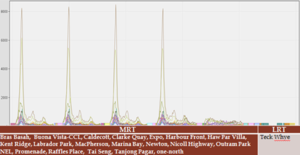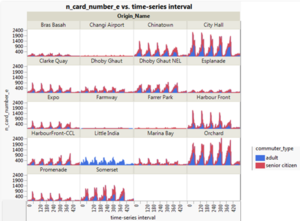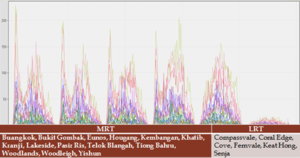Difference between revisions of "Time-series Analysis on Singapore Public Transportation Train Network Finals"
Jump to navigation
Jump to search
| Line 37: | Line 37: | ||
# Senior Citizens | # Senior Citizens | ||
# Student | # Student | ||
| − | Here is only a short summary of our discussion, to view the rest of the analysis and for more detailed explanation on the discussion please refer to our [https://wiki.smu.edu.sg/ANLY482/img_auth.php/3/3b/ | + | Here is only a short summary of our discussion, to view the rest of the analysis and for more detailed explanation on the discussion please refer to our [https://wiki.smu.edu.sg/ANLY482/img_auth.php/3/3b/CTS_Group-6_Final_Report.pdf Report]. |
{| style="background-color:#FFFFFF ; color:#FFFFFF padding: 1px 0 0 0;" width="100%" cellspacing="0" cellpadding="0" valign="top" border="0" | | {| style="background-color:#FFFFFF ; color:#FFFFFF padding: 1px 0 0 0;" width="100%" cellspacing="0" cellpadding="0" valign="top" border="0" | | ||
Revision as of 14:50, 24 April 2015
| Mid-Term | Finals |
|---|
| Time-series Analysis |
In this phase of the project we attempt time-series data mining techniques on the provided dataset. We will breakdown the analysis into different commuter's type:
- Adult
- Senior Citizens
- Student
Here is only a short summary of our discussion, to view the rest of the analysis and for more detailed explanation on the discussion please refer to our Report.
| Is the free ride policy effective in solving the overcrowding problem? |


